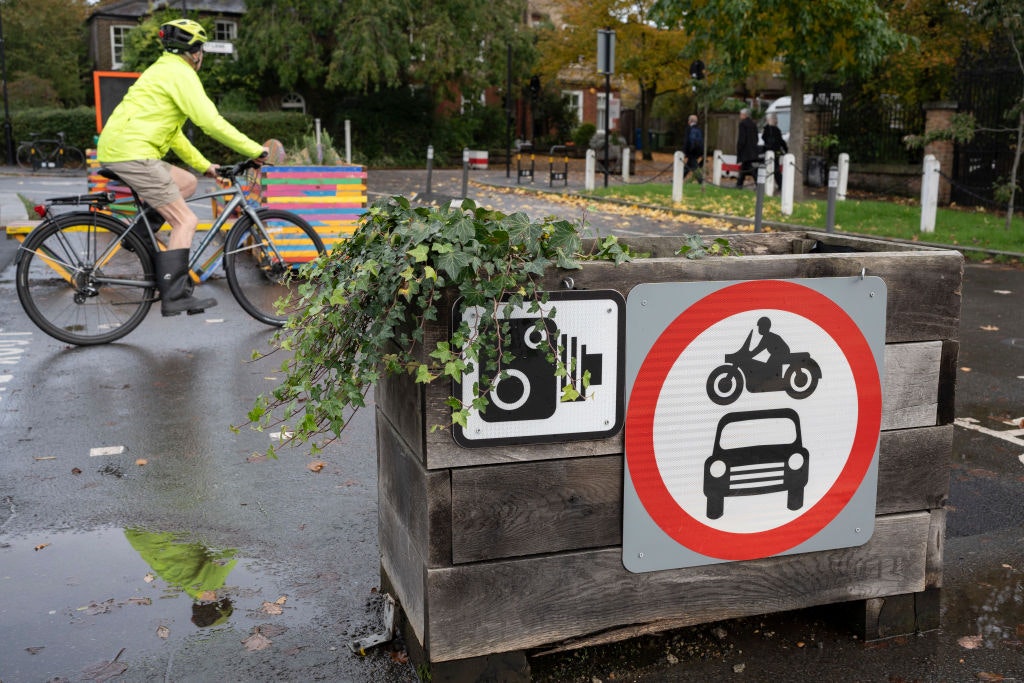Is the Parish Church worth saving?
Once gone, they are gone forever
Since as long ago as the twelfth century, England has been organised into parishes for it was one of the most got-together and prosperous realms of the Middle Ages. Parish churches have been a constant feature in our landscape right up to the present: their towers loom out of the misty Somerset fens, their spires peep valiantly between the monstrous London skyscrapers or lurk behind a Grantham shopping centre. Whether in Scunthorpe or Woking they proclaim higher values than the market: something or someone who calls us to account. They assert a spiritual depth to reality.
In the 70s, parish assets were nationalised: today a parish has no say about what is done with it
Yet if the seemingly innocuous simplifying measure, GS2222, passes the Church of England’s General Synod this Autumn, closing them will be all too easy, with reduced consultation and no appeal. The Church of England long ago centralised parish assets, often dipping into them for central running costs. In today’s straitened times, its leaders now regard parishes themselves as fair game for closure. While dioceses develop ever more levels of management, and spend millions on mission initiatives, they increasingly treat the parish system as an embarrassing knick-knack gifted by a great-aunt, which they wish to consign to the historical attic. Instead, they institute ever bigger groups of multiple churches under one overworked priest, often distanced from his flock by both weight of numbers and weight of paperwork. Bishops are indeed facing horrendous financial challenges. But is the answer centralised “mission hubs” even more disconnected from locality?
In the 1970s the Church of England nationalised parish assets like glebe land and today a local parish community will have no say at all about what is done with it. Increasingly dioceses have taken the parsonage house, which used to belong to the parish, and have sold them in ever greater numbers, often at a loss. Meanwhile, diocesan structures have grown exponentially and have gained more powers while numbers of paid clergy on the ground are reduced, with 60 going soon in Chelmsford Diocese. All this reduction, indeed, provokes whole new layers of bureaucracy with ominous titles like “Associate Archdeacon Transition Enabler”, or the mysterious “Lights for Christ Enabler”, while Oxford Diocese is reputed to have no fewer than five communication officers.
Enter any London church and you will see more racial diversity than almost anywhere else
Church closures are sometimes necessary but parishes, or indeed groups who cannot pay for their own priest (plus the huge diocesan overheads included in the sum) will not get one and will be increasingly considered “unsustainable” and ripe for closure. A motion before Synod, GS2222, will make church closure much easier, and its “consultation” questionnaire asks whether there need be any right of appeal. The only route to money for hard-up parishes is to bid for mission initiatives such as a new church in a chinese restaurant, while the core parish tasks of visiting the sick and faithful sacramental worship will wither on the vine.
Why does this matter? First, this is our heritage as a people: the jewel in our architectural crown, every bit as much as our great cathedrals. No country in the world has a collection of ancient parish churches to rival ours. Moreover, they are the creation of ordinary people over the centuries, who lavished their gifts and skills in what has become a communal artwork. Even now, they are centres of the living traditions of bellringing, choral singing, flower-arranging and needlework — crafts which cross social divides. Even quite modest churches continue to commission artwork for stained glass, metalwork and vestments and memorials.
Secondly, Parish churches are for everyone, whether religious or not. As a curate in a village church which is tucked out of the way seven miles from Nottingham, I was always amazed by the range of people who just dropped in during the week, to get a bit of peace or light a candle, most of them non-churchgoers. They came to have a good cry, to privately celebrate, or just think. The church was set aside, and they were drawn to its friendly quietness. With the mental health crisis looming after the pandemic, we will need these places of calm resort all the more. It was typical of the devaluing of the parish by the leadership that they did not recognise the need for churches to remain open during lockdown. Yet once they were reopened, many once more passed through their doors.
Although Sunday trading and an individualising cultural drift have taken a heavy toll on numbers, as with every mode of institutional belonging from civic societies to political parties and trade unions, parishes are still living communities, and one of the few places where people of different politics, cultures and ages come together. Just enter any London church and you will see more racial diversity than almost anywhere else. That is parish DNA and it still obtains. Together For The Common Good described the parish as “the elemental theatre of living community”.
Our campaign to save the parish is like the parish itself in uniting young and old
Parish churches like these produce an estimated sum of two billion pounds in social services, according to a recent report, including food banks, refugee support and open church halls for the homeless in winter, and that is not counting the work for worldwide charities such as Christian Aid or the ecological use of increasingly wild churchyards. When there is a crisis, whether flooding or a major tragedy like the Grenfell Tower fire, the parish church is there and ready to help. St Clements near Grenfell Tower had close relationships with the mosque, and had developed its own charitable foundation, with employment and educational support projects, which served it well in assisting people practically and spiritually through the trauma. They turned to it because St Clements had earned their trust and because the church people themselves were among those affected: some were evacuated or lost friends and family. The vicar, the Revd Dr Alan Everett wrote in the Church Times: “It is the parish church, open to the community and embedded in the community, which can alone bring hope — the hope that comes from day-to-day expressions of compassion and solidarity.”
Our world is rapidly changing. Shifts to home-based working, the decreasing appeal of polluted and expensive cities and environmental crisis in general are already causing demographic movements back to villages and small towns. Places that seem remote may find themselves back at the centre and in consequence we shall need our parish churches even more. Now is not the time for selling off our parish churches like the rectories disposed of in the 1970s. Once gone, they are gone forever. The vast majority of parish churches — 12,500 — are listed buildings, so that their future use is problematic. Housing is not easily an option. Already, many are acting as community hubs as well as open for worship, offering art exhibitions, citizens advice bureaux or post offices during the week.
Covid has shown us how to live locally — parochially — and how we all need coordinates to orient ourselves towards nature and the built environment where we find ourselves. During lockdown we have all longed for real physical presence with others and we have all come to learn what it is to depend on other people. The parish speaks to this human longing, and it witnesses in its stony embodiment of eternal truth to a God who is stable and faithful. That stable presence over time witnesses the value of the place in which it is set. In the ex-mining villages of my county of Nottinghamshire, sometimes all that is left after the shops and pub close is the betting shop — and the parish church. The church tells those people that they matter, that their lives have ultimate value and being set apart as holy, it reveals the holiness of the whole.
Churchwardens and clergy, ordinary church people and those who just love these buildings are uniting in a campaign: “Save the Parish” to stop needless church closures and restore agency and resources to the parish. We’re like the parish itself in uniting young and old, Telegraph and Guardian readers, heartlands and metropolis, high and low flavours of Anglicanism, all of us nourished in some way by the parochial. Do join us and sign our petition for a lay-led commission into the funding and organisation of the Church of England. For the parish belongs to the people of England, who perhaps have not spoken yet.
Enjoying The Critic online? It's even better in print
Try five issues of Britain’s most civilised magazine for £10
Subscribe














